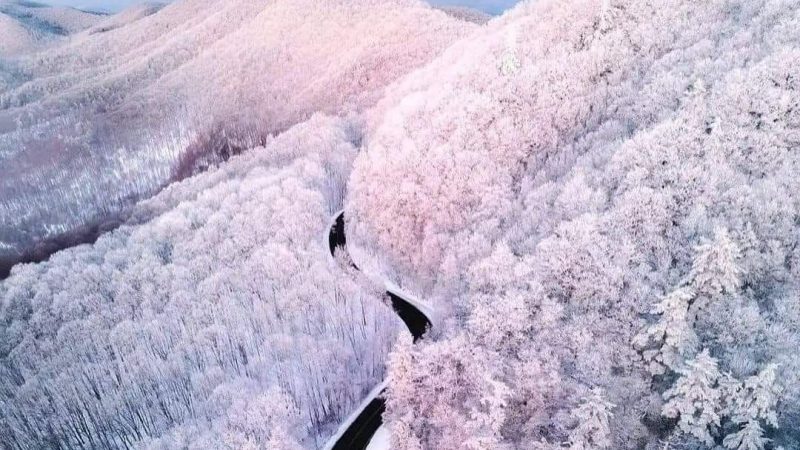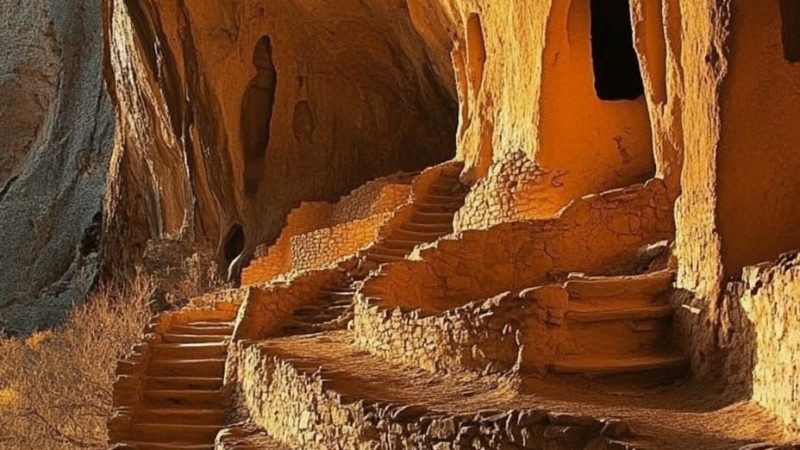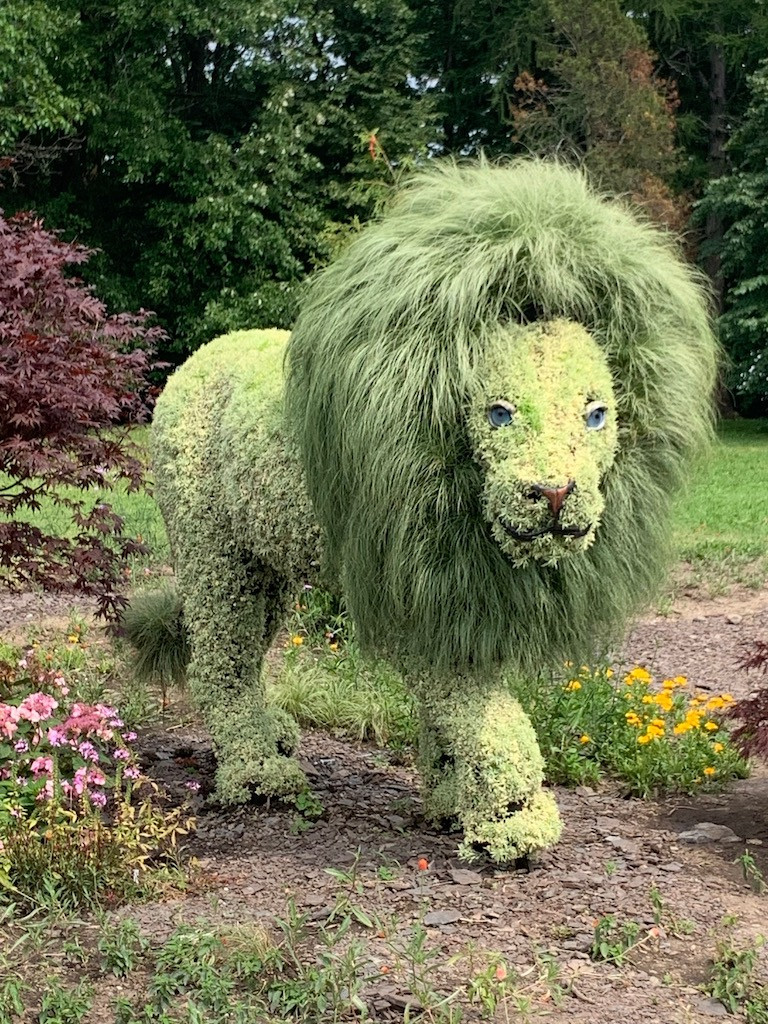
Step into a realm of enchantment and marvel at the mesmerizing garden of “Once Upon a Time—The Earth” in Quebec City. Crafted by the talented team at Mosaïcultures Internationales de Montréal, this extraordinary creation is located within the breathtaking Parc du Bois de Coulonge, once the estate of a former Lieutenant Governor. The garden boasts over six million meticulously crafted flowers, artfully shaped into a menagerie of animals, birds, fish, and people. Positioned strategically, the park offers awe-inspiring views of the expansive St. Lawrence River, with historic Plains of Abraham nearby.
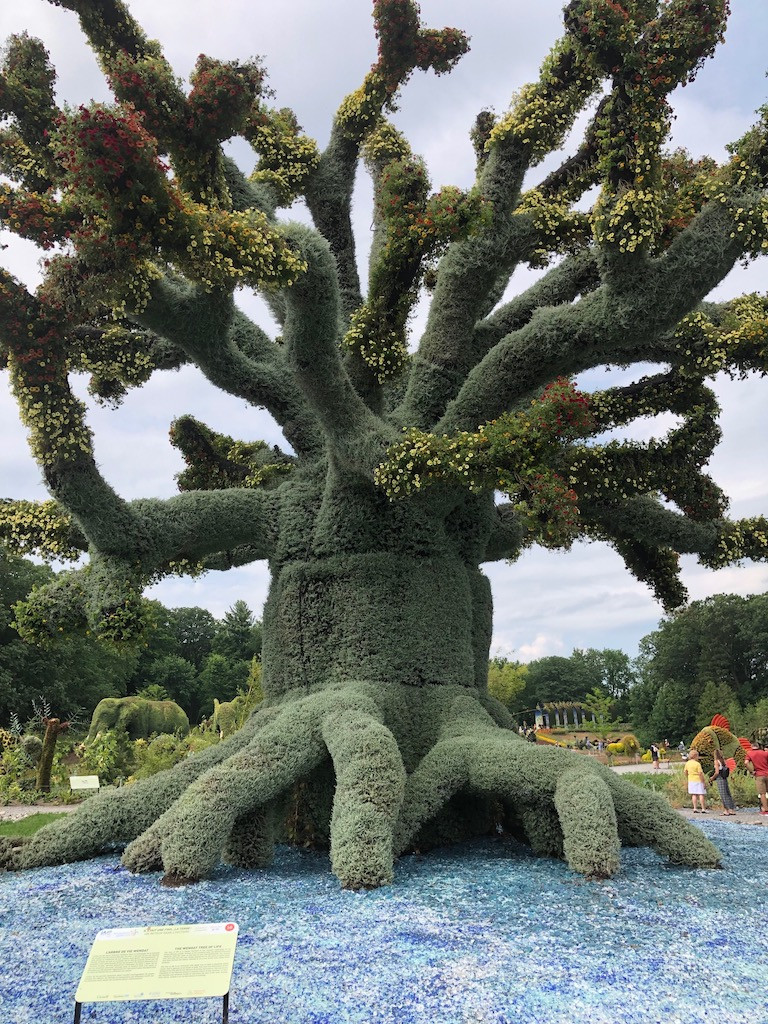
In this magical garden, colossal topiaries take center stage, meticulously crafted using thousands of annual bedding plants arranged over sturdy steel armatures. The result is an awe-inspiring living art gallery that stands apart from traditional topiary art, exuding a sense of freedom and an uncanny lifelike beauty. The horticulturists’ ingenuity shines through, as they utilize a diverse array of plant life. Succulents form expressive eyes, wild grasses create flowing manes, and herbs like parsley add clever accents. The careful selection and arrangement of plants mirror the unparalleled skill of the horticulturists, bringing these fantastical creatures to life in a captivating display.
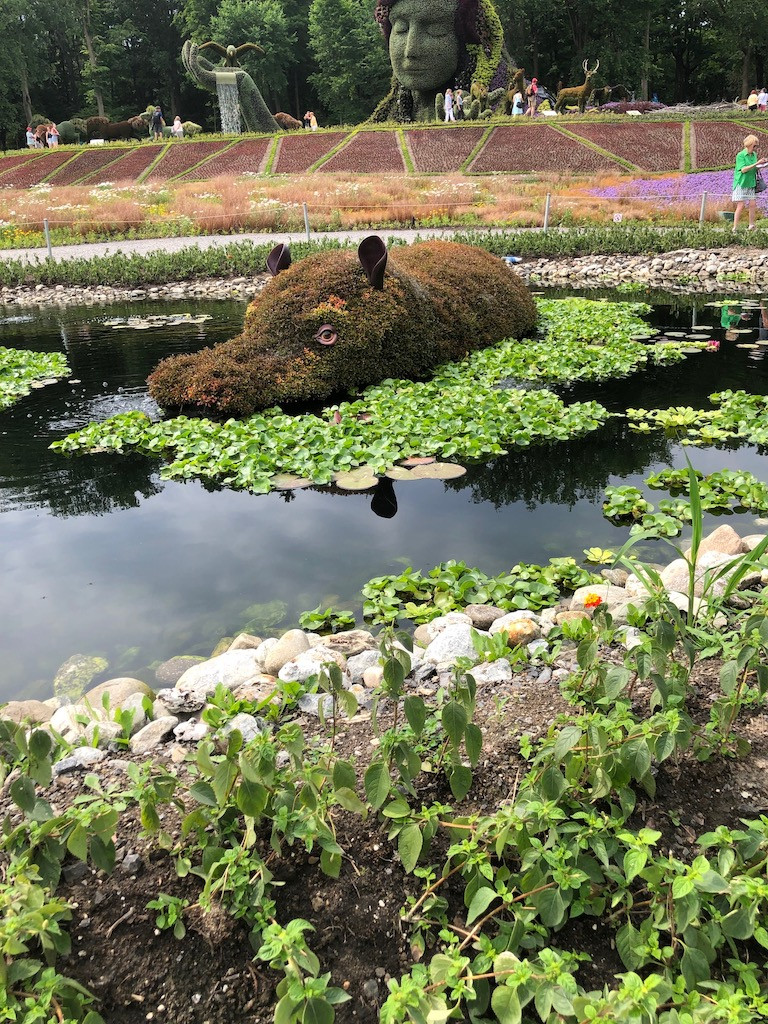
As you enter the garden, a giant butterfly, resembling a work of art, awaits outside the historic Chateau Frontenac, a grand Canadian railroad hotel. Butterflies lead the way, encircling a turtle amidst lush bedding plants, representing the origin stories of many cultures worldwide. From elephants to breaching whales, lions, zebras, and the symbolic Canadian moose, the wondrous creations await inspection across the vast grounds. A meditative Mother Nature seems to embrace her world all around.
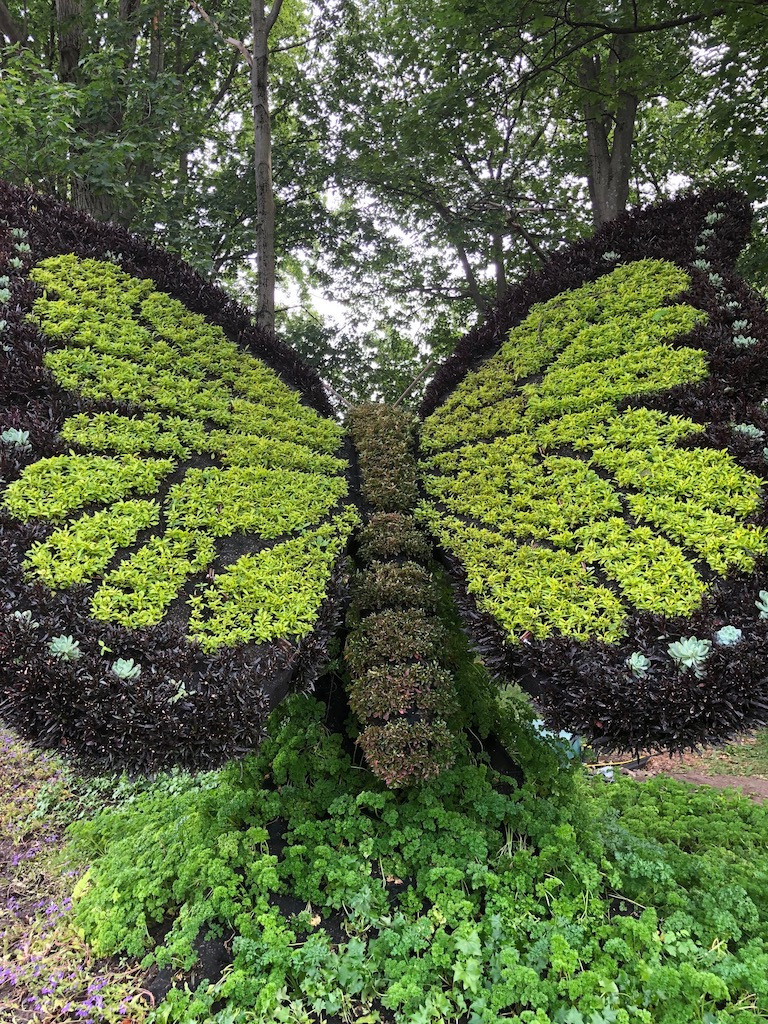
The circuit through the park takes visitors on a journey to a polar and marine world, a display of endangered species from America, Africa, and Australia, and the world of the Huron-Wendat Nation—a tribe that has lived in the St. Lawrence Valley in Quebec. Among the most moving floral tributes is one to Elzéard Bouffier, the shepherd immortalized in Jean Giono’s allegorical short story “The Man Who Planted Trees.” Nearby, a beekeeper tends to his creatures on a carpet of sparkling flowers, emphasizing the importance of bees to Mother Nature’s garden.

This eco-conscious exhibition exemplifies a commitment to sustainable development, prioritizing local suppliers and implementing composting practices at the conclusion of the event. Anticipating a staggering 15 million visitors before its closure on October 10th, this remarkable exhibition serves as a shining example of environmental responsibility.
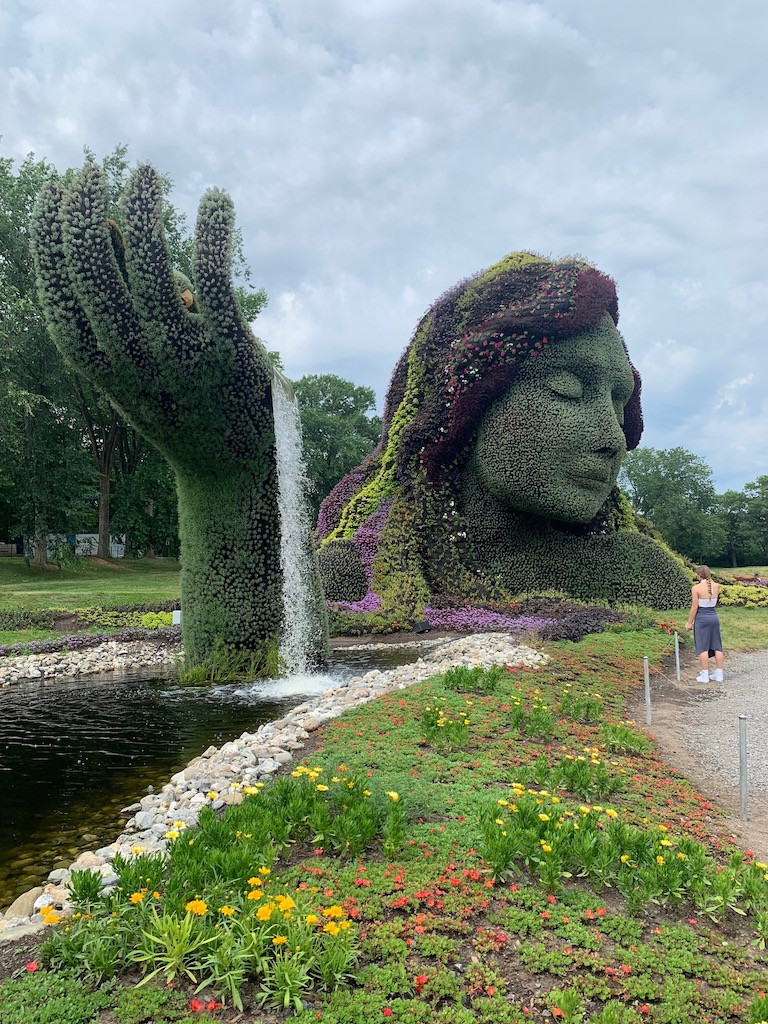
Renowned as a global leader in mosaiculture, Mosaïcultures Internationales de Montréal is a non-profit organization with an impressive track record. Since its establishment in 1999, the organization has participated in five international competitions, hosted seven exhibitions, and created over 100 captivating works in more than 20 countries.
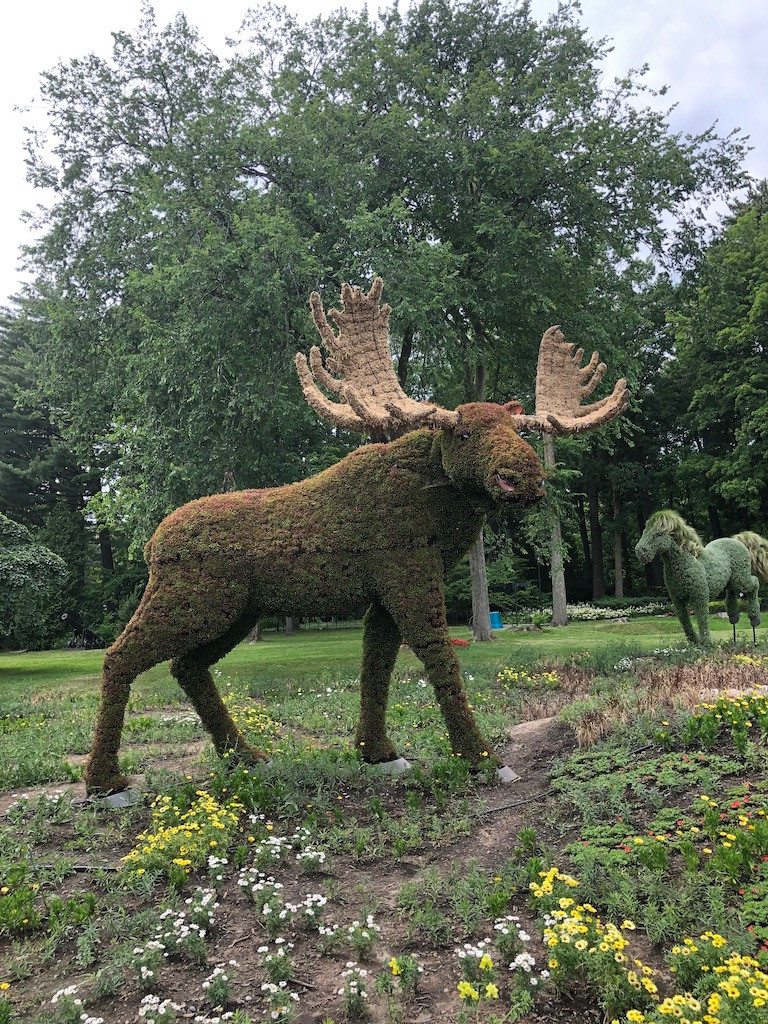
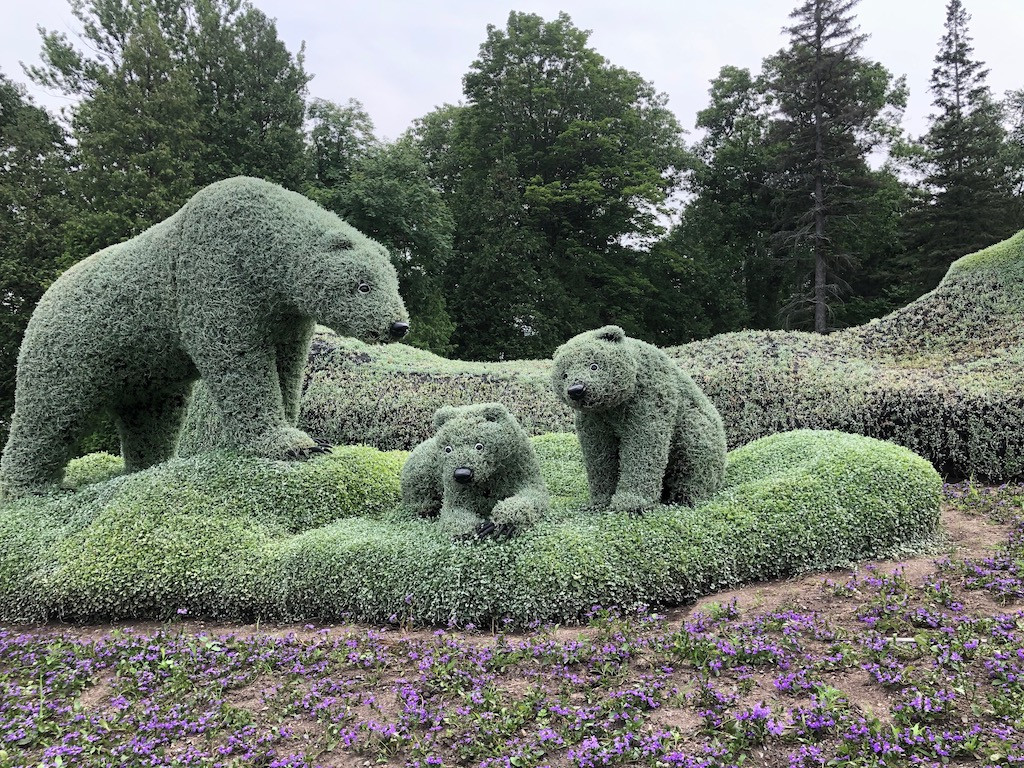
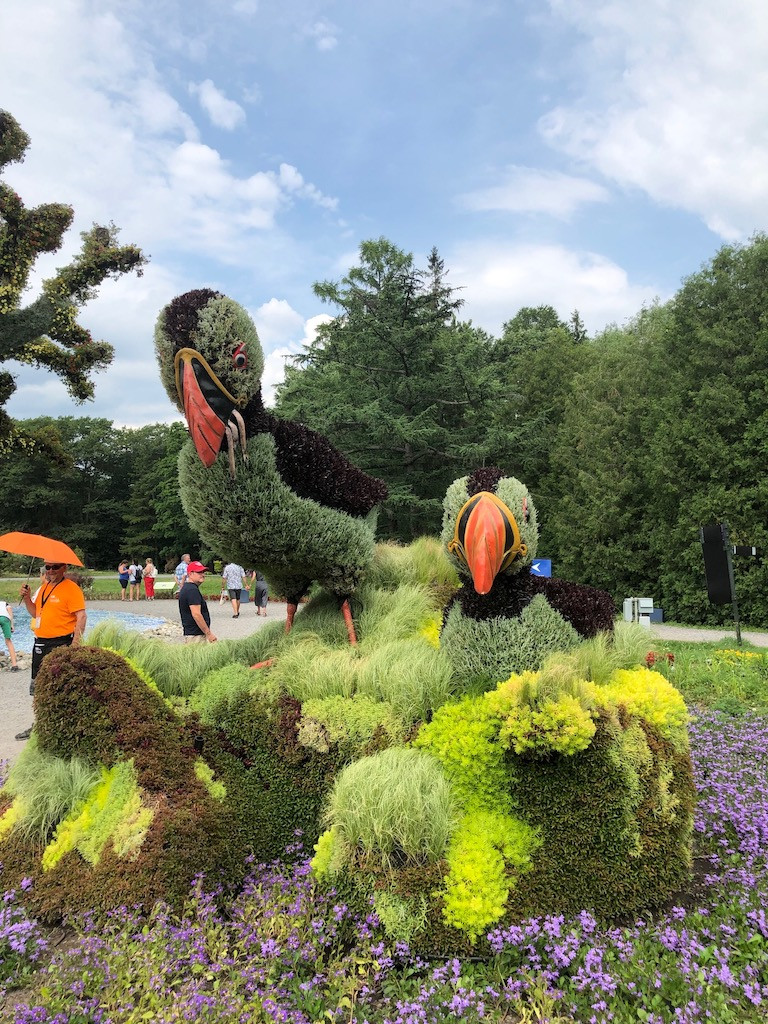
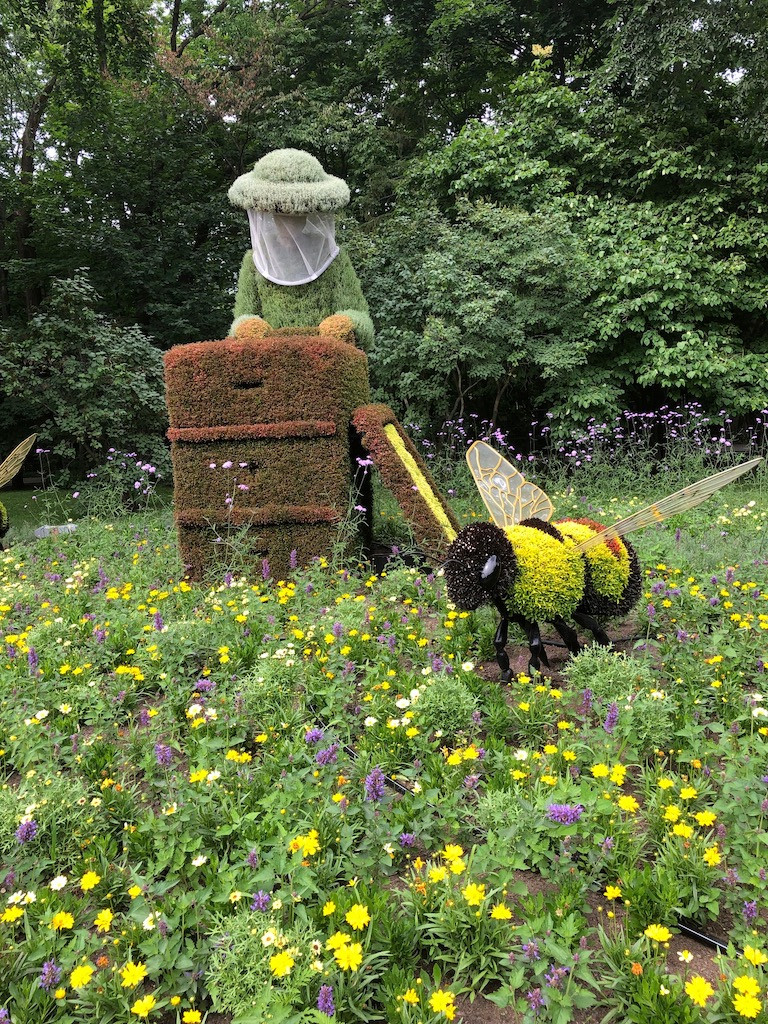
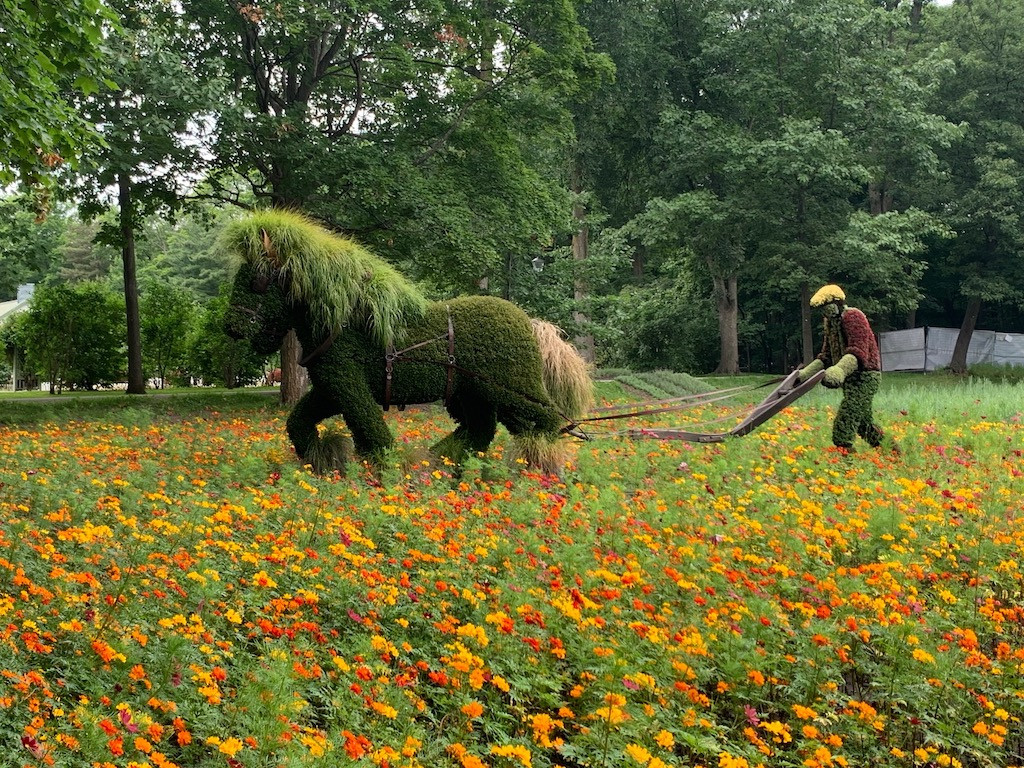
Quebec City, easily accessible via a short flight from Chicago and an ideal destination for a weekend getaway, offers an array of delightful experiences. From exquisite French restaurants rivaling those in Paris to breathtaking views from the Frontenac boardwalk, this city boasts an enchanting Old Town adorned with charming antique stores. With a rich and complex history dating back to its founding by Samuel de Champlain in 1608, Quebec City recently welcomed a visit from Pope Francis during his cross-Canada tour. Overflowing with captivating sights, it now proudly holds the title of the most whimsical garden of 2022.












